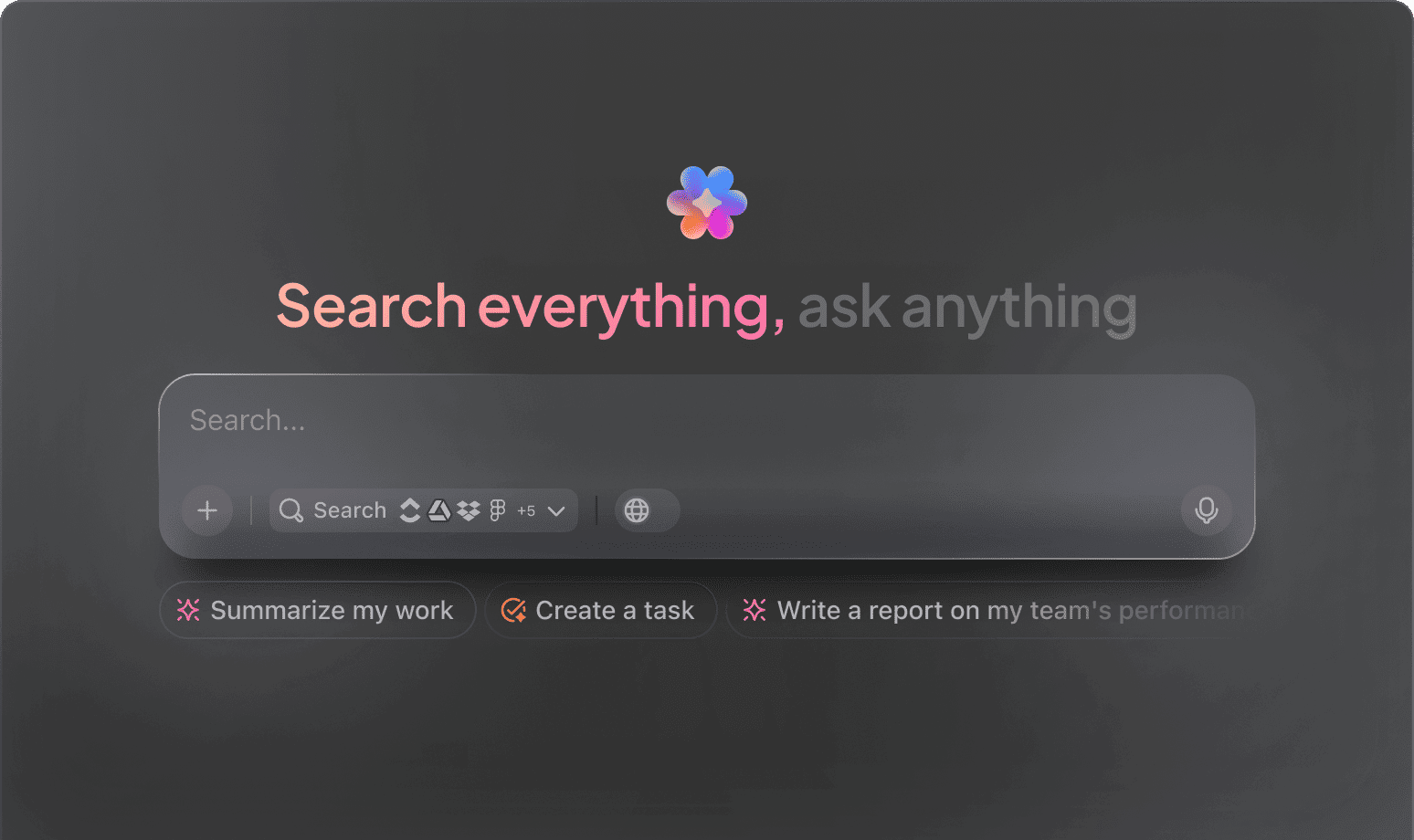AI Project Budgeting
Top AI Prompts for Managing Project Budgets
Take control of your project finances, reduce errors, and optimize spending with ClickUp Brain's intelligent budgeting tools.
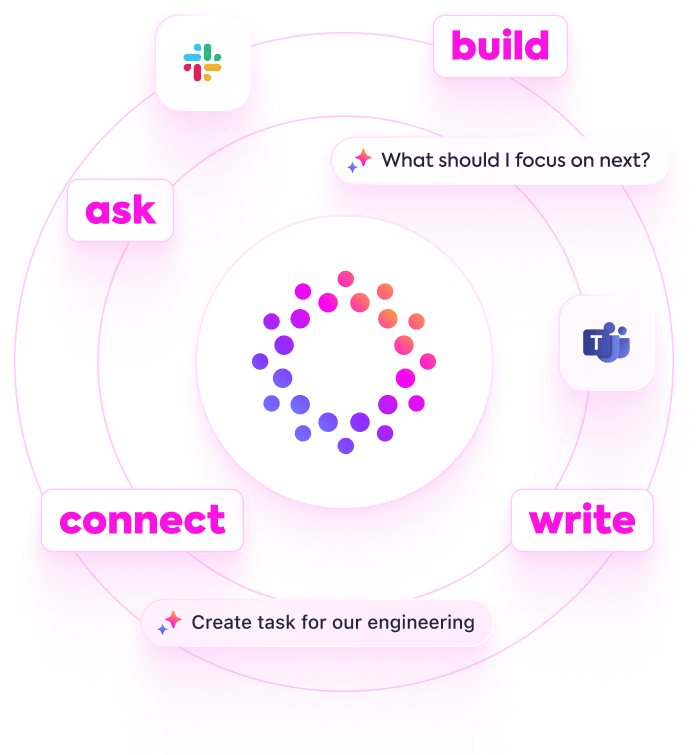
Trusted by the world’s leading businesses
AI Empowering Budget Control
Revolutionizing Project Budget Management with AI Prompts in ClickUp Brain
Managing project budgets means more than just tracking expenses—it requires foresight, precision, and adaptability.
From initial cost estimation to ongoing expense tracking, resource allocation, and financial reporting, budget management demands juggling numerous details—and countless updates and approvals. AI prompts are becoming indispensable in this complex process.
Teams leverage AI to:
- Quickly identify budget variances and forecast risks
- Generate detailed cost breakdowns and funding plans with minimal effort
- Interpret financial policies and compliance requirements swiftly
- Transform scattered financial notes into clear summaries, action items, or budget revision tasks
Integrated within familiar tools—like documents, dashboards, and task boards—AI evolves beyond a helper. In solutions such as ClickUp Brain, it operates seamlessly to convert financial data into structured, manageable actions.
ClickUp Brain Compared to Conventional Solutions
Discover Why ClickUp Brain Stands Apart
ClickUp Brain integrates seamlessly with your workflow, understands your project context, and empowers you to act faster.
Conventional AI Platforms
- Constantly toggling between apps to collect information
- Repeating your budget objectives with every query
- Receiving generic, irrelevant suggestions
- Hunting through multiple systems to locate budget files
- Interacting with AI that lacks initiative
- Manually switching between different AI engines
- Merely an add-on in your browser
ClickUp Brain
- Deeply connected to your project budgets, documents, and team communications
- Retains your financial goals and past interactions
- Provides tailored, practical budget management advice
- Offers a centralized search across all your project data
- Enables hands-free input with voice commands
- Automatically selects the optimal AI model: GPT, Claude, Gemini
- Available as a dedicated app for Mac & Windows, optimized for performance
Prompts for Project Budget Management
15 Essential AI Prompts for Managing Project Budgets (Tested in ClickUp Brain)
Simplify budget tracking—forecasting, expense analysis, and cost control made straightforward.

Identify 5 budget allocation strategies for a software development project, based on the ‘Q3 Budget Plan’ document.
Use Case: Accelerates financial planning by leveraging past budget frameworks.
ClickUp Brain Behaviour: Analyzes linked documents to extract budget distribution methods and suggests actionable strategies.

What are the latest cost-saving trends in IT project budgets under $500K in North America?
Use Case: Informs budget managers with up-to-date financial optimization insights.
ClickUp Brain Behaviour: Combines internal reports and, if available, public data to provide comprehensive trend summaries.

Draft a budget summary for a marketing campaign focusing on digital channels, referencing ‘Campaign Budget Notes’ and previous project files.
Use Case: Ensures alignment between finance and marketing teams through clear budget outlines.
ClickUp Brain Behaviour: Extracts key financial details from linked documents to create a structured budget overview.

Compare expense categories between Project Alpha and Project Beta using the ‘Expense Reports Q1’ document.
Use Case: Facilitates side-by-side budget analysis without manual data compilation.
ClickUp Brain Behaviour: Summarizes numerical and textual data from internal files into a concise comparative report.

List top cost drivers in construction projects, referencing R&D notes and supplier invoices.
Use Case: Identifies major expense areas to target for budget optimization.
ClickUp Brain Behavior: Scans documents to highlight frequent cost factors and related financial notes.

From the ‘Quality Assurance Budget’ doc, generate a checklist for budget approval stages.
Use Case: Simplifies approval workflows by structuring financial checkpoints.
ClickUp Brain Behavior: Detects approval criteria and formats them into an actionable checklist within tasks or documents.

Summarize 3 emerging financial risk management practices from recent project audits and review documents.
Use Case: Keeps budgeting teams informed on best practices to mitigate financial risks.
ClickUp Brain Behavior: Extracts patterns and key points from linked audit reports and notes.

From the ‘Client Feedback Q2’ doc, summarize primary concerns related to budget overruns.
Use Case: Helps project managers address client expectations and improve budget adherence.
ClickUp Brain Behavior: Reads feedback entries and identifies common themes regarding budget issues.

Write clear and concise budget update notifications using the tone guide in ‘CommunicationStyle.pdf’.
Use Case: Speeds up creation of consistent financial communications.
ClickUp Brain Behavior: References tone guidelines to suggest varied message drafts for stakeholder updates.

Summarize recent changes in government funding policies and their impact on project budgets.
Use Case: Ensures budget plans reflect current regulatory environments.
ClickUp Brain Behavior: Processes linked policy documents and highlights relevant financial implications.

Generate compliance checklists for budget reporting according to regional financial regulations, referencing internal guidelines.
Use Case: Guarantees adherence to local budgetary standards.
ClickUp Brain Behavior: Extracts rules and formatting requirements to build comprehensive compliance lists.

Create a cost-benefit analysis template using data from recent project financials and industry benchmarks.
Use Case: Supports decision-making with structured financial evaluation tools.
ClickUp Brain Behavior: Identifies key metrics and formats them into an easy-to-use analysis framework.

Compare budget allocation efficiency across departments using internal financial reports.
Use Case: Highlights areas for potential reallocation and savings.
ClickUp Brain Behavior: Summarizes comparative data into clear, actionable insights.

What budgeting challenges are emerging in remote project teams since 2023?
Use Case: Provides finance teams with insights to adapt budget management for distributed workforces.
ClickUp Brain Behavior: Synthesizes trends from internal surveys, reports, and feedback documents.

Summarize key budget tracking issues reported in the Asia-Pacific project portfolio (delays, cost overruns, resource allocation).
Use Case: Drives targeted improvements for regional financial management.
ClickUp Brain Behavior: Extracts and prioritizes budget-related concerns from project documentation and feedback.
Optimize Budgets Efficiently with ClickUp Brain
Cut down on costly errors, unify your finance team, and produce precise budget plans using AI-driven strategies.





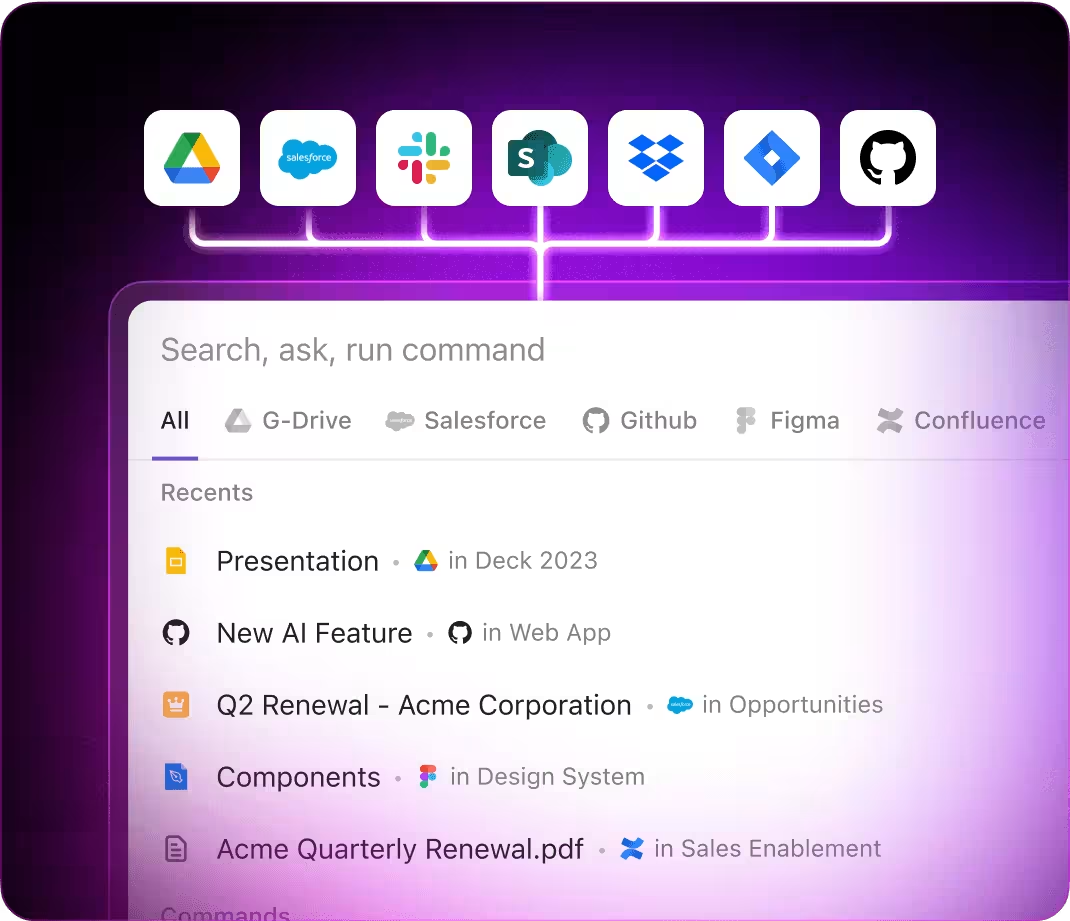
AI Applications
Leading Ways AI Prompts Enhance Project Budget Management
Speed up budgeting, boost precision, and discover smarter financial strategies with AI assistance
From Budget Ideas to Clear Financial Plans
Budget planning usually starts with fragmented numbers and scattered spreadsheets. ClickUp Brain organizes these into clear, collaborative budget documents—right within ClickUp Docs.
Leverage ClickUp Brain to:
- Convert initial budget notes into structured financial templates
- Produce fresh budget scenarios informed by previous project data (using context-sensitive AI assistance)
- With Brain Max, quickly explore past budget reports, expense feedback, and financial documents to refine your next budget cycle.
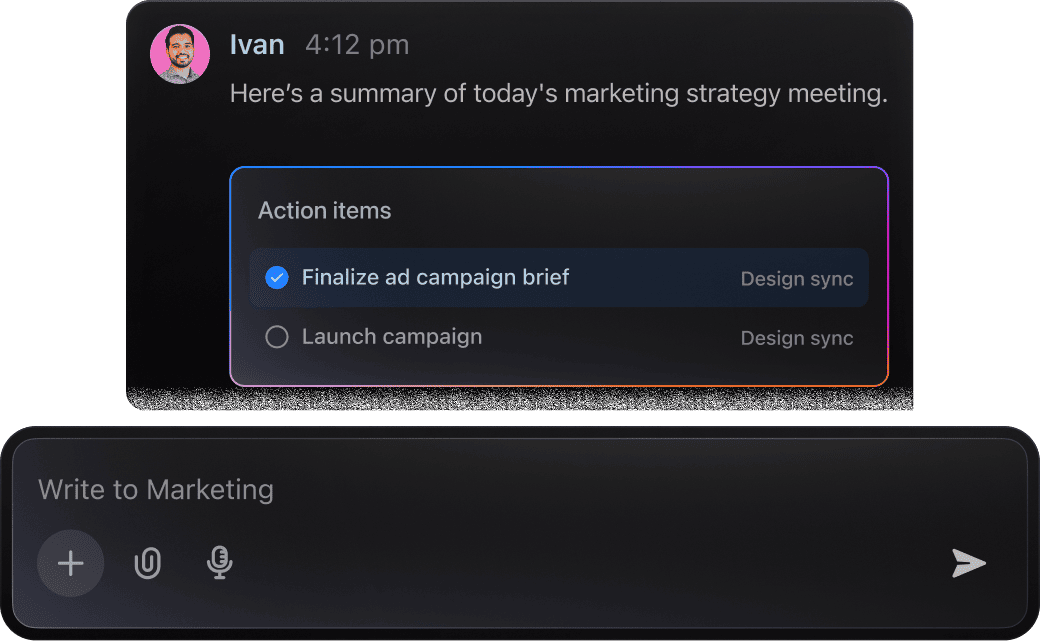
Budgeting to Execution
Managing project budgets involves tracking expenses, forecasting costs, and ensuring financial alignment. ClickUp Brain supports you by highlighting key budget updates, identifying potential overspending, and suggesting next steps from your financial notes.
Leverage ClickUp Brain to:
- Condense detailed budget meetings and expense logs into clear summaries
- Convert budget review comments into actionable financial tasks
- Generate budget variance reports or project cost summaries automatically
- With Brain Max, instantly retrieve past budget decisions, vendor comparisons, or funding discussions across your workspace—eliminating the need to sift through spreadsheets and emails.
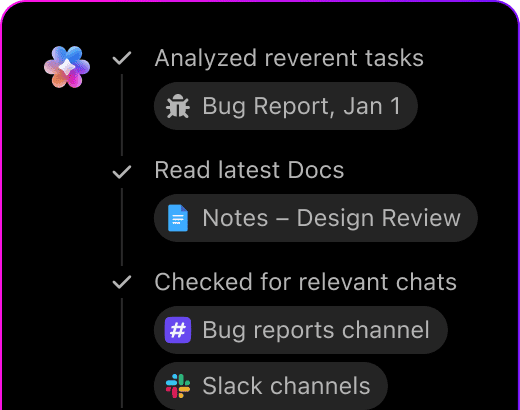
Managing Project Budgets with ClickUp Brain
Keeping project budgets on track involves balancing numbers, team inputs, and shifting priorities. ClickUp Brain simplifies this by extracting key financial insights and crafting clear budget summaries tailored to your project's needs.
Leverage ClickUp Brain to:
- Analyze budget reports and highlight critical variances
- Create precise budget narratives that align with stakeholder expectations
- Convert budget discussions into actionable tasks or adjustment plans
- Brain Max enhances this by effortlessly referencing past budget cycles or similar projects, supporting consistent financial oversight throughout your project lifespan.
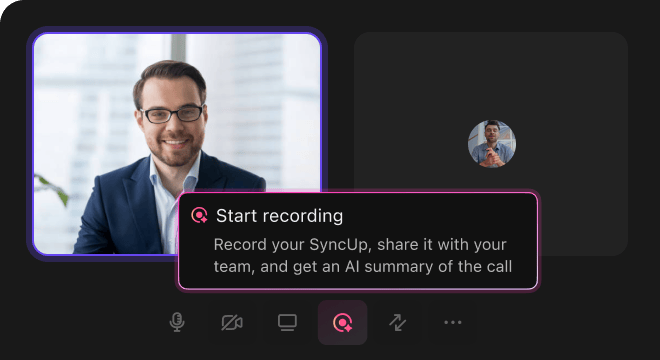
AI Advantages
How AI Prompts Revolutionize Project Budget Management
Integrating AI prompt workflows reshapes how you handle budgets throughout your projects:
- Kick off budgeting swiftly: Transition from rough estimates to detailed cost plans and forecasts with ease
- Minimize overspending: Detect budget variances early by analyzing historical data and expense reports
- Align your team: AI-crafted summaries and updates ensure everyone tracks financial goals together
- Make informed choices: Use prompts to gather market rates and compliance requirements
- Plan confidently: Generate scenarios that anticipate financial risks and opportunities.
Every output flows directly into ClickUp, transforming into actionable budgets, tasks, and financial dashboards that drive your projects forward.
Budgeting Insights
Crafting Effective Budget Management Prompts
Clear prompts lead to precise financial planning.

Define your project budget context clearly
Vague prompts generate unclear advice. Specify details like project type (e.g., “software development” or “construction renovation”), budget constraints (e.g., “under $500k” or “fixed cost”), or funding sources (e.g., “internal budget” or “external grants”).
Example: “Outline cost-saving strategies for a $200k marketing campaign targeting small businesses.”

Use comparative prompts to evaluate budget options
AI excels at weighing alternatives. Use prompts like “compare cost implications of X vs Y” to assess vendor bids, material choices, or payment schedules.
Example: “Compare upfront costs and ROI between in-house development and outsourcing for a mobile app.”

Frame prompts around budget objectives
Treat your prompt as a financial goal you want AI to help achieve. Instead of “Generate budget plan,” focus on outcomes:
Example: “Develop a phased budget plan for a product launch prioritizing cash flow and risk mitigation.”

Specify desired output formats
Need a budget breakdown, risk assessment table, or spending timeline? Be explicit. AI delivers better when the output style is clear.
Example: “Provide a monthly expense forecast in bullet points with explanations for a six-month project.”
Simplify Project Budgeting with ClickUp Brain
ClickUp Brain goes beyond basic budgeting—it’s your strategic partner for every phase of managing project finances.





